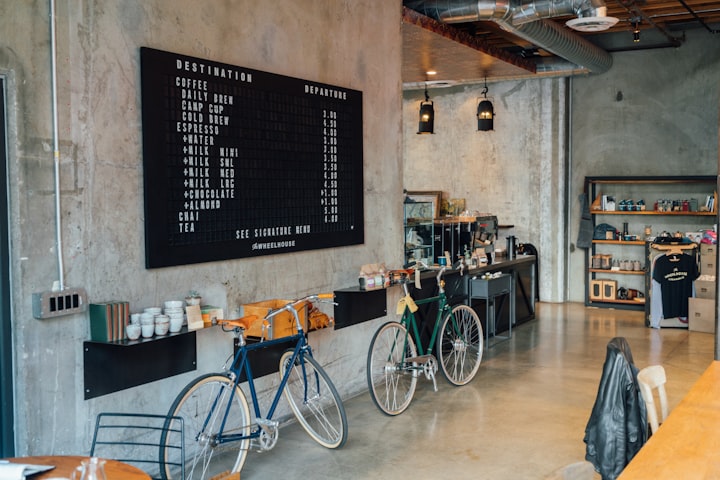What is a 'flat white’? Today’s Google Doodle celebrates the coffee ☕
If you’re a regular at your local coffee shop, chances are you’ve heard about the topic of today’s animated Google Doodle.


The March 11 doodle honors the day in 2011 that the term "flat white" was included in the Oxford English Dictionary.
The Google doodle describes a flat white as a coffee beverage composed of an espresso shot, steamed milk, and a tiny layer of microfoam. Traditionally, a ceramic cup is used to serve the beverage.
Since the drink started to appear on buffets in London and Wellington around the same time in the 1980s, many people theorize that it was originally served in Australia or New Zealand as well around that period (according to Google).
"Google describes the doodle as 'flatter' than a shot of espresso or latte, so flat whites are popular among coffee connoisseurs who want less foam."
A Google Doodle: What Is It
Designs known as "Google Doodles" can be found on the Google homepage.
Holidays, anniversaries, and trailblazing figures who have influenced culture are among the "amplitude of worldwide and local topics" that Google claims the designs honor.
There are numerous formats available for Google Doodles, such as animated drawings, slideshows, movies, and interactive games.
How are Google Doodles designed?
Google claims that in-house artists known as "Doodlers," designers, engineers, program managers, marketers, and cultural consultants make up the Doodles team.
On its website, the business states, "We also collaborate with regional guest creators and creative professionals from all over the world to help put Doodles to life."
A true flat white ought to have the same quantity of extracted coffee as any other beverage on the coffee menu (generally 30 ml, 1.1 imp fl oz) but because it is served in a smaller vessel (175 ml, 6.2 imp fl oz) it has stronger flavour than say a latte which is normally served in a 225 ml (7.9 imp fl oz) vessel and is subsequently milkier. The consistency of the milk is another point of difference between a flat white and a latte – a latte has a creamy, velvety layer of milk on the surface which can vary in depth depending on where you buy your coffee. A flat white has a thinner layer of the textured milk, ideally with a shinier surface.
However, the origins of the flat white are contentious, with New Zealand also claiming its invention.[13][6] One New Zealand claim originates in Auckland, by Derek Townsend and Darrell Ahlers of Cafe DKD, as an alternative to the Italian latte,[14][15] and a second New Zealand claim originates from Wellington as a result of a "failed cappuccino" at Bar Bodega on Willis St in 1989.[13] Craig Miller, author of Coffee Houses of Wellington 1939 to 1979, claims to have prepared a flat white in Auckland in the mid-1980s.
Anette Moldvaer states that a flat white consists of a double espresso (50 ml/1.5 fl oz) and about 130 ml (4 fl oz) of steamed milk with a 5 mm (0.25 inch) layer of microfoam.[1] According to a survey of industry commentators, a flat white is a shorter drink with a thin layer of microfoam (hence the 'flat' in flat white), as opposed to the thick layer of foam on the top of a cappuccino.[2] The beverage usually features a pattern (latte art) on the surface.[1]
The way a flat white is made, however, varies between regions and cafés. In Australia a flat white is usually served in a ceramic cup with a handle, often of a similar volume (200 ml, 7.0 imp fl oz) to the glass in which a latte is served, but the flat white usually has less milk and microfoam.[3] According to New Zealand tourism, flat whites are more commonly served in a smaller cup (175 ml, 6.2 imp fl oz). In both Australia and New Zealand, there is a generally accepted difference between lattes and flat whites in the ratio of milk to coffee and the consistency of the milk due to the amount of microfoam produced when the milk is heated.[4]






Comments
There are no comments for this story
Be the first to respond and start the conversation.